This comprehensive guide, personally tested by me, will show you how to monetize your food photography and videography skills with effective tips and strategies for earning money from your mouth-watering captures
This post contains affiliate links.
Well, hello there, fellow food lovers! As a seasoned food photographer and videographer, let me tell you, there's nothing quite like the satisfaction of nailing that perfect shot of a dish so beautiful you almost don't want to eat it. Almost. I mean, let's be real here, who are we kidding? We all know that's not going to stop us from devouring it after the photoshoot.
But enough about our rumbling stomachs, let's get down to business! Today, I'm here to spill the beans (or maybe spill the sauce?) on how to turn your passion for food photography and videography into a lucrative source of income. Whether you're looking to go all in or just want to dip your toes in as a side hustle, trust me, there are opportunities out there for everyone. And believe me, I know what I'm talking about. I started my journey in full-time stock photography, but as a foodie at heart, I found my true calling in food photography. And let me tell you, it's been a delicious ride ever since!
So, let's dive in!
1. Freelance Food Photography and Videography Services
As a freelance food photographer and videographer, I'm always on the lookout for clients who need someone to capture their mouthwatering creations. The best thing about being a freelancer is that I can work from anywhere in the world, so even if I can't travel to a client's location, I can still work with clients from all over the globe. Some of the most popular freelance services I offer include restaurant photography, food styling, and recipe development.
When it comes to perfecting a shot, I don't just stop at capturing it. I know that a little retouching or editing can go a long way in making a perfect shot even better. If you need help with photo and video editing, I'm more than happy to offer my skills in these areas as well.
To find new freelance work, I usually turn to UpWork, as it's one of my favorite platforms to connect with clients and find opportunities that match my skills and interests. But as someone who's been in the industry for a while, I also know that safety and equipment handling are important aspects of the job. That's why I wrote a blog post on 7 Tips for Studio Equipment Safety, which I highly recommend reading if you're just starting out in the world of food photography and videography.
When it comes to videography, there are some unique challenges to keep in mind. That's why I also wrote a blog post on 8 Things That Stock Videographers and Photographers Forget, and How to Work with Them, which has some great tips that you won't want to miss. I know from experience that one common struggle in food videography is getting those perfect overhead shots. But don't worry, I've got you covered with my blog post on 3 Ways to Set Up Your Camera for Tasty-Style Video Recipes.
If you're feeling confident in your food photography skills and want to take on a new challenge, I recommend trying your hand at food videography. But be warned, it's not for the faint of heart. One wrong move and your camera will be covered in gravy. Trust me, it's happened to me more times than I care to admit.
One thing I've found to be helpful as a freelancer is doing commission work, which often means immediate pay after completing a job. This is because clients typically pay for your services once they receive the final product. So, if you're looking for a way to earn money relatively quickly, commission work can be a great option.
When it comes to receiving payments for my freelance food photography and videography services, I always choose a secure and reliable method. Personally, I prefer using PayPal for all my transactions. Their invoicing system is very simple and easy to use, making it perfect for small businesses and freelancers like me. With PayPal, I can easily create and send professional-looking invoices to my clients, and they can pay me directly through the platform. Another advantage of using PayPal is that I can receive payments from clients all over the world in various currencies, and I typically see the funds transferred to my account instantly. So, if you're looking for a hassle-free and secure way to receive payments for your freelance services, I highly recommend giving PayPal a try.
2. Stock Food Photography and Videography
Alright, let me share with you one of my favorite ways to make money with food photography and videography - submitting my work to stock photography and videography websites. It's one of my personal favorites: submitting your work to stock photography and videography websites. Not only does it give you the freedom to work on your own schedule and from anywhere you want, but it's also super exciting to see your work being used by people all over the world.
But here's the real kicker: once you've submitted your photos or videos, you can step away and still earn money. That's right, while you're off living your best life, your work is being licensed and downloaded by folks all over the globe. It's like earning money while you sleep, and who doesn't love the sound of that? So if you're ready to turn your food photography and videography skills into a cash cow, stock photography and videography is the way to go.
Now, let me be real with you. This method takes time. For some, it could take several years before they see any significant results. It's not a get-rich-quick scheme, but it's definitely worth the effort. Believe me, I started my photography journey by submitting my work to stock websites, and it was a bit intimidating at first.
At the beginning, you might feel like you're not making much money, especially when you're licensing your work for less than a dollar. But don't worry, you can definitely make a living doing this. Just keep at it, and don't get discouraged. There are plenty of helpful resources out there, like YouTube videos and online courses, that can teach you how to get started in the stock photography industry. So if you're up for a challenge and want to make some extra cash with your food photography and videography skills, give stock photography a try!
Here's a list of the most popular stock agencies:
- Shutterstock
- Adobe Stock
- Getty Images
- iStock
- Alamy
- Dreamstime
- Pond5
- 123RF
- Can Stock Photo
Remember, each agency has its own submission guidelines and pricing structures, so it's important to do your research before choosing which one to submit your work to. And like I mentioned earlier, starting out in the stock photography and videography industry can be a slow process, but it's worth it in the end.
By the way, one of the perks of working with stock agencies is that your work can end up in places you wouldn't normally have access to. I've had the pleasure of seeing my footage in the opening of Netflix shows and big TV commercials, and my photos in cooking books and on packages in major retail stores. And as a bonus, some stock agencies offer incentives like an annual subscription to all Adobe products, which can be a huge help for any photographer or videographer.
If you're interested in learning more about stock photography, be sure to check out my blogs on The Costs of Starting a Stock Photography Business, and What to Photograph for Stock Photography, which includes more detailed information on getting started and maximizing your earnings. With dedication and persistence, stock photography and videography can be a fantastic way to turn your food photography and videography skills into a profitable business.
3. Food Blogging and Recipe Development
It's important to note that while food blogging and recipe development can be a lucrative venture, it's not a quick path to riches. Building a following and establishing a reputation as a trusted authority in the food industry takes time and effort. You'll need to consistently produce high-quality content, engage with your readers, and promote your blog on social media to attract new followers.
But don't let that discourage you! With persistence and hard work, you can create a successful food blog and monetize your content through advertising and sponsorships. Just remember to stay true to your passion and focus on creating content that resonates with your readers. And who knows, your blog could be the start of an exciting career in the food industry!
4. Social Media Marketing
I believe that social media has become the go-to platform for foodies to explore mouthwatering food content, making it an essential platform for food photographers and videographers like myself. To succeed in this industry, having a strong social media presence is crucial. The key to effective social media marketing is to create captivating content that engages your audience and builds a loyal following of food enthusiasts. I've found that a combination of food photos and videos, behind-the-scenes glimpses, and personal stories are effective in connecting with my audience on a deeper level. I also make sure to post on a regular schedule to keep my followers engaged.
Along with building a social media following, I've been able to monetize my content through ad revenue and sponsorships once I had a significant following. This can be achieved through ads on my blog or social media accounts, sponsored posts, and collaborations with brands. My social media presence has also led to commission work for food brands. I believe that taking advantage of social media is essential if you want to turn your food photography and videography skills into a profitable business. However, I also understand that building a strong social media presence and monetizing your content through ad revenue and sponsorships takes time and effort, much like stock photography and blogging. Immediate results may not be seen, but with dedication and persistence, you can grow your following and turn your food photography and videography skills into a profitable business.
I always try to experiment with new techniques and ingredients, engage with my audience, and create visually appealing and engaging content. With time and hard work, I've been able to establish myself as a successful food photographer and videographer on social media.
If you're a food photographer or videographer looking to build your social media presence, some of the most popular social media platforms to consider are:
- Instagram: known for its highly visual content and great for showcasing photos and short videos of food.
- Facebook: a widely-used platform that can be used to share blog posts, food photos, and updates on your photography business.
- TikTok: a video-sharing platform where short, snackable food videos can go viral quickly.
- YouTube: great for sharing longer, more in-depth videos on food, recipes, and behind-the-scenes glimpses into your photography process.
- Pinterest: a visual search engine where you can share your food photos and recipes to drive traffic to your blog or website.
However, I personally choose to minimize my presence on social media, except for YouTube. I've found that it can be extremely time-consuming, even with automated tools like Tailwind. It's important to set realistic expectations and prioritize your time effectively. Ultimately, it's always a good idea to choose the platforms that work best for you and your photography business and focus on creating quality content that resonates with your audience.
5. Selling Prints and Merchandise
Have you ever considered turning your food photography and videography skills into a tangible product that people can buy? If not, you're missing out on a potentially lucrative opportunity. I haven't personally tried this method, but from the feedback of my fellow photographers, it could be a profitable business.
Selling prints and merchandise of your mouth-watering food photos is a lesser-known but equally lucrative way to make money. You can create various types of physical prints and merchandise such as framed prints, canvases, mugs, t-shirts, phone cases, and many more. The possibilities are endless, and all you need is a little creativity and some basic design skills.
The best part? You don't need to have your own online store to sell your prints and merchandise. You can use platforms like Etsy, Fine Art America, or even your own social media accounts to showcase your products and process orders. Imagine people having your delicious food pictures and videos hanging on their walls or using them on their phone cases and mugs. It's a great feeling to see your work being appreciated and enjoyed in a physical form.
Don't let your food photography skills go to waste. With a bit of creativity and effort, you can turn them into a profitable business by selling prints and merchandise. Who knows, your work could end up in people's homes and offices all over the world.
More Tips for Food Photography
But before you jump in, keep in mind that the industry is changing rapidly, and new opportunities are emerging every year. With the rise of artificial intelligence, you don't even need to be a photographer to create stunning food images - just use AI to generate them for you. And who knows where technology will take us next? It's an exciting time to be in the food photography and videography industry, and staying up-to-date with the latest trends and tools can give you an edge in the market.
So, stay curious, keep learning, and embrace the opportunities that come your way. The world of food photography and videography is waiting for you!
Food Photography & Video Tips from My Studio
Here’s a peek at the tools, gear, and camera setups I use to film my recipe videos and photograph food at home. Over the years, I’ve tested dozens of different setups, and now I’m sharing what actually works for me—whether I’m filming overhead shots for YouTube or styling still photos for my blog. If you’re curious about how I create the content you see here, these posts are a great place to start.
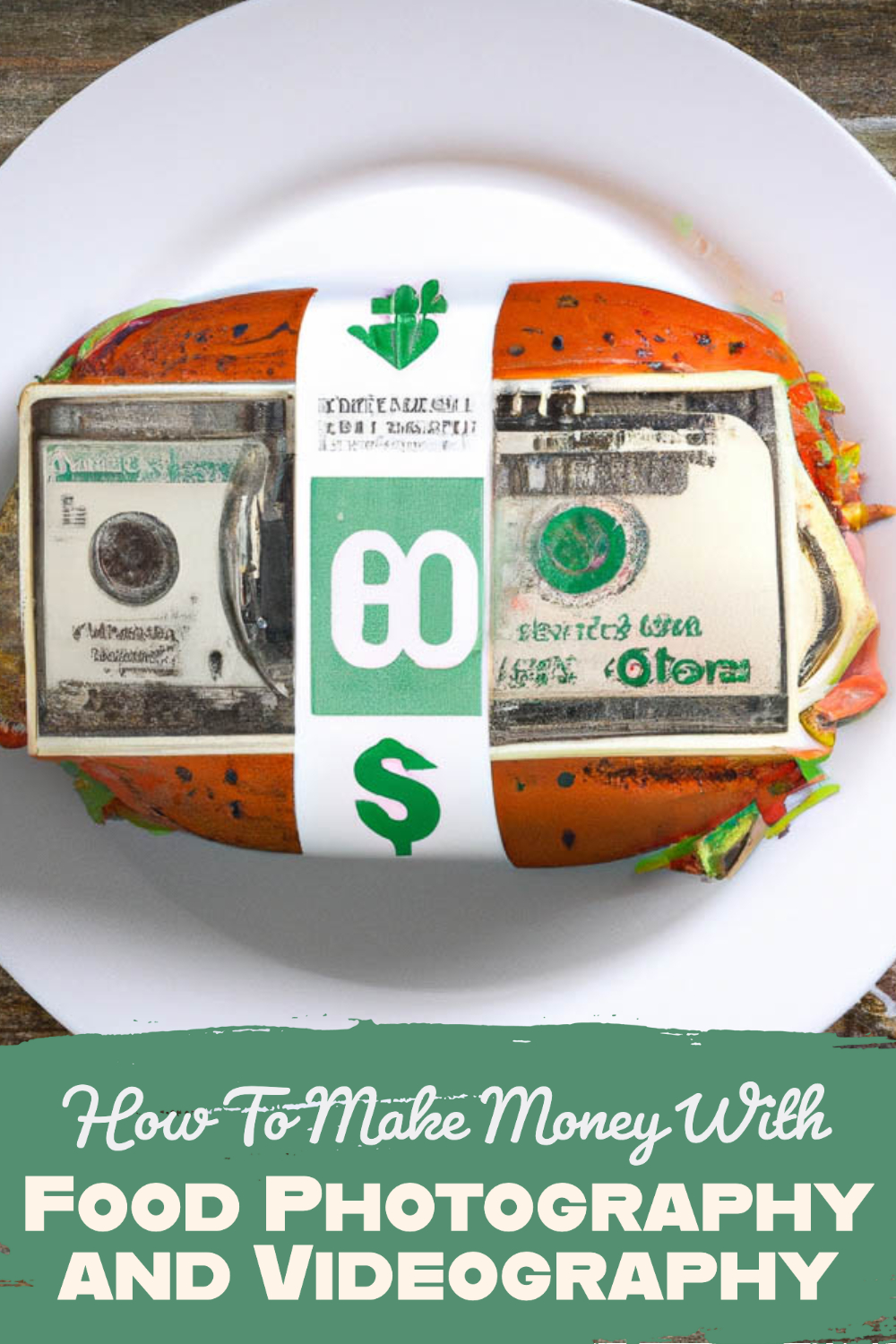




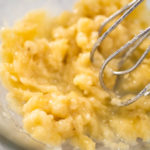








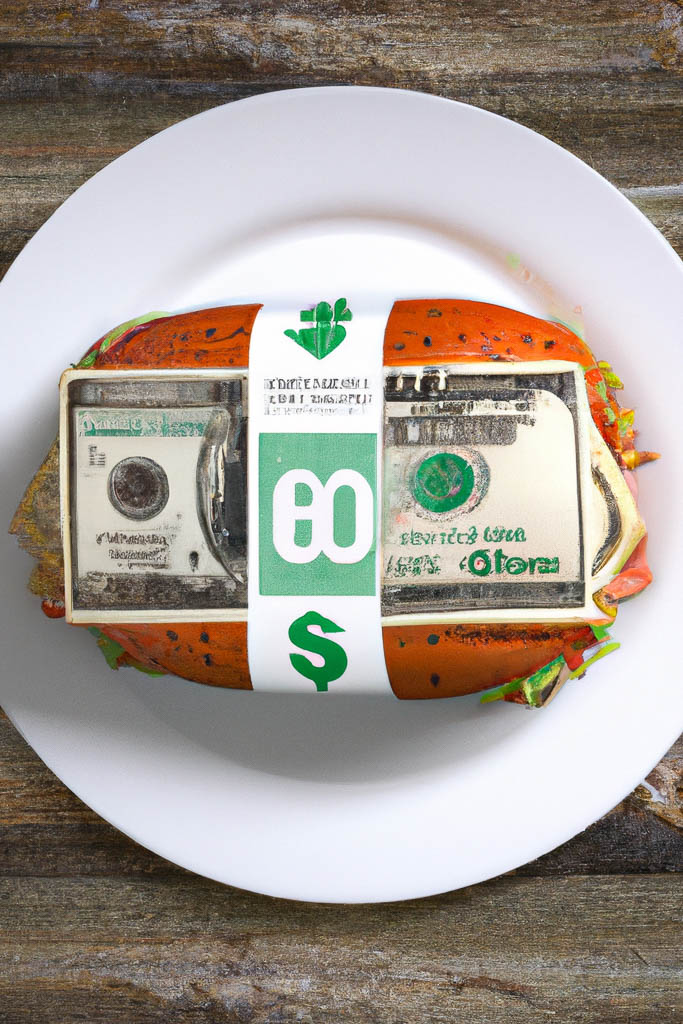



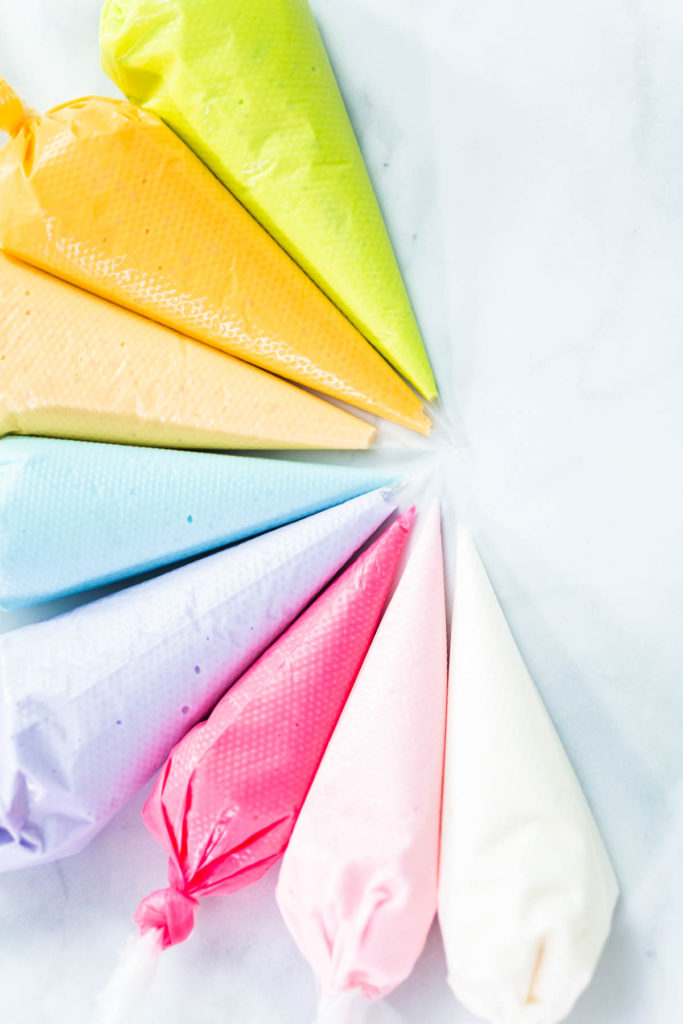




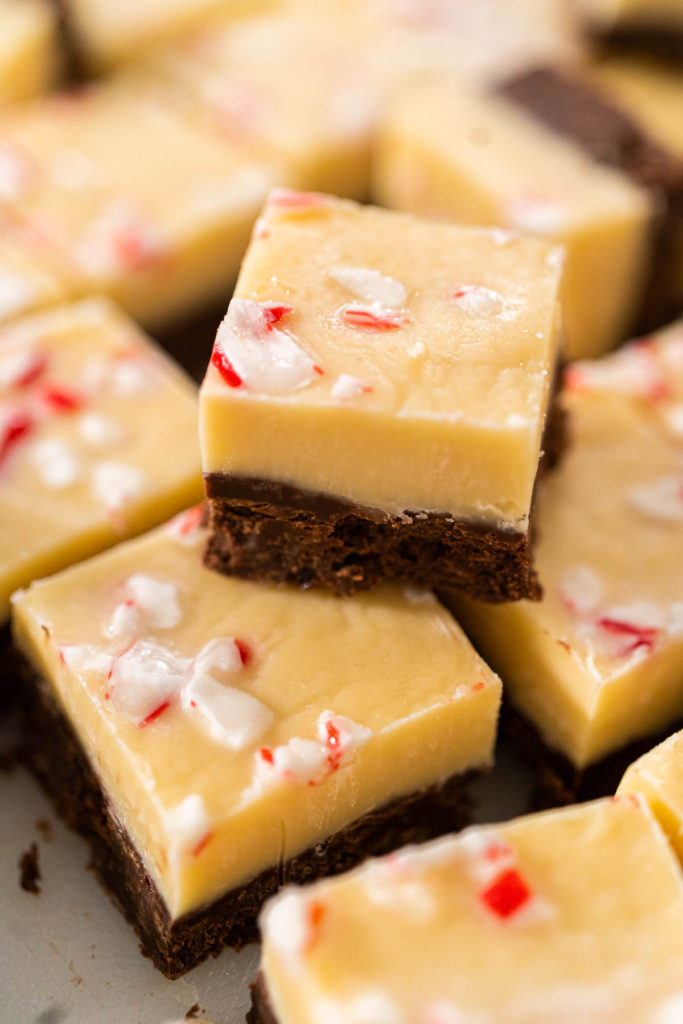
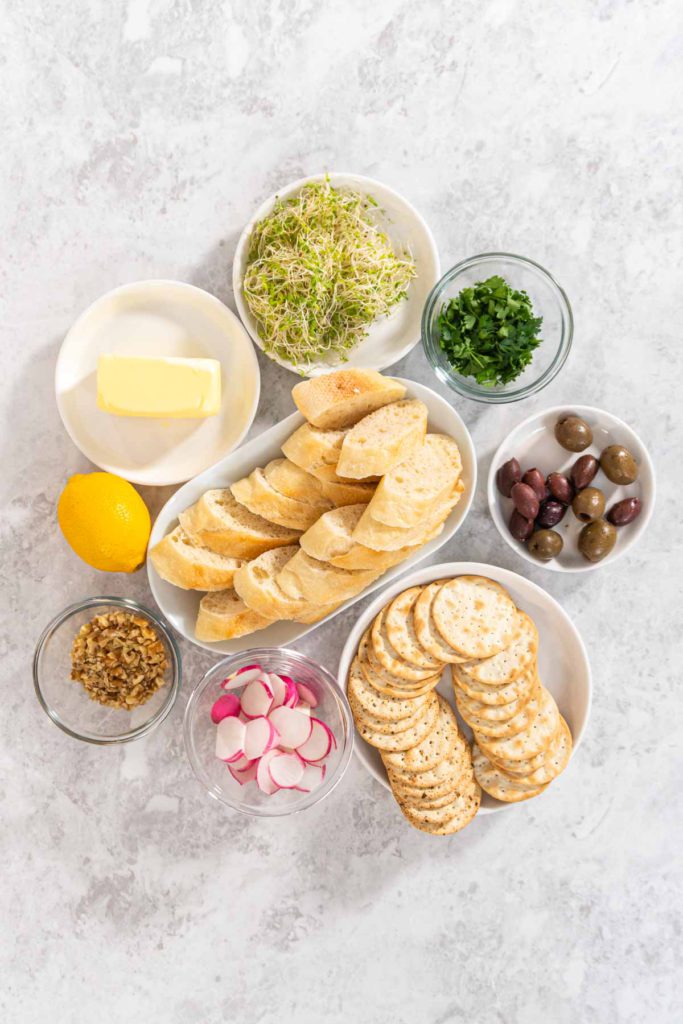
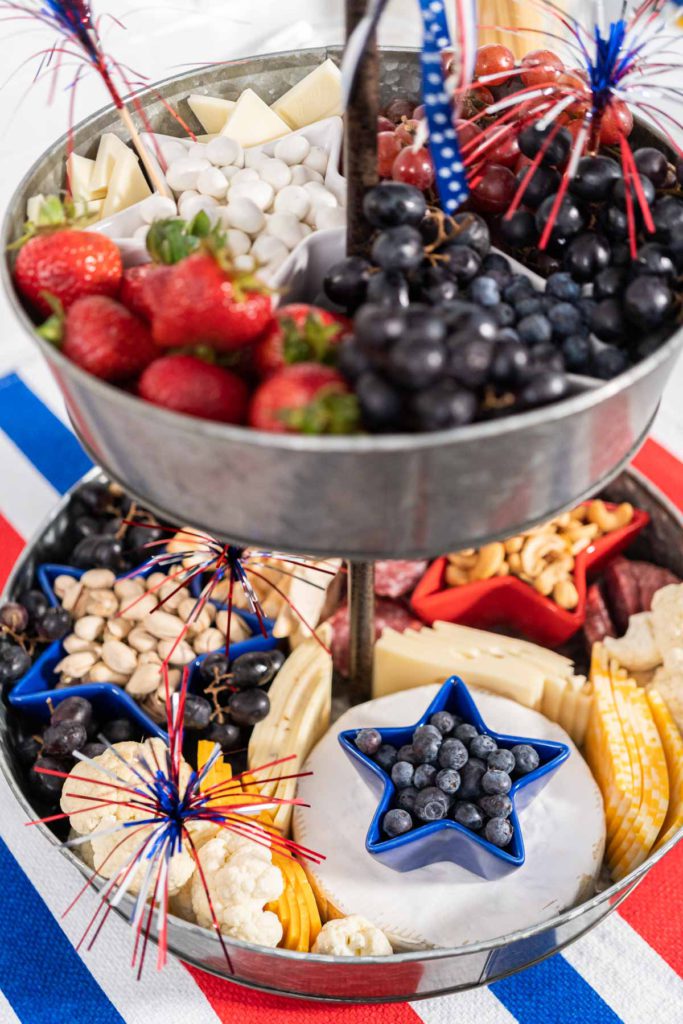

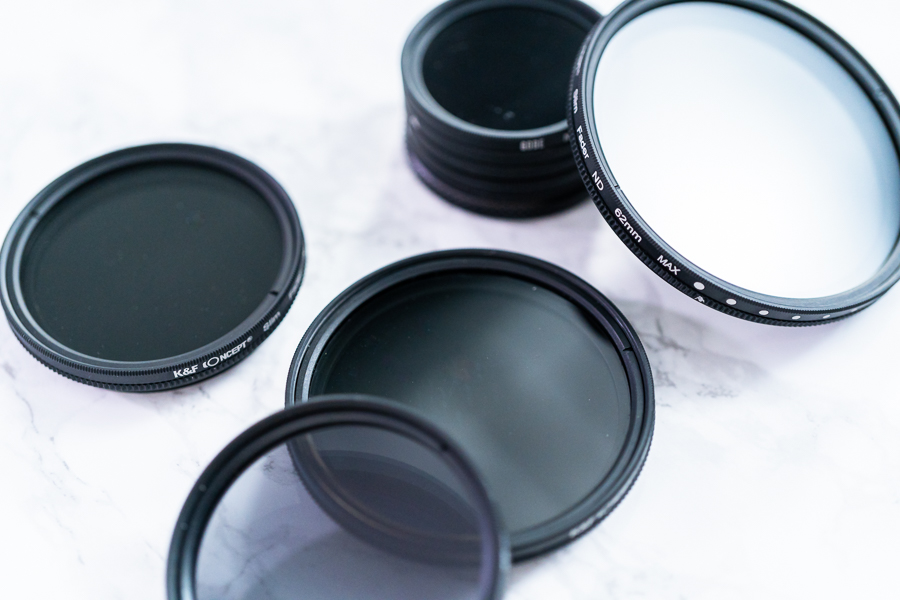

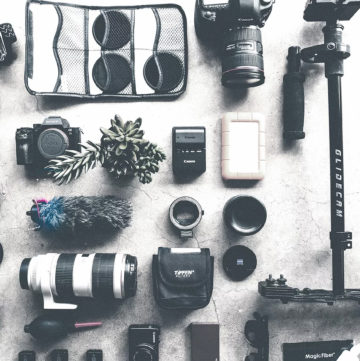
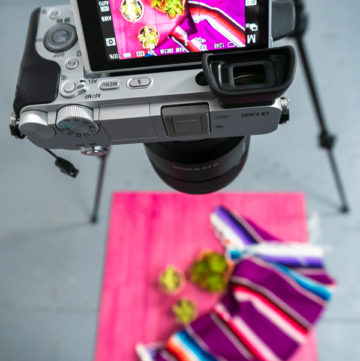

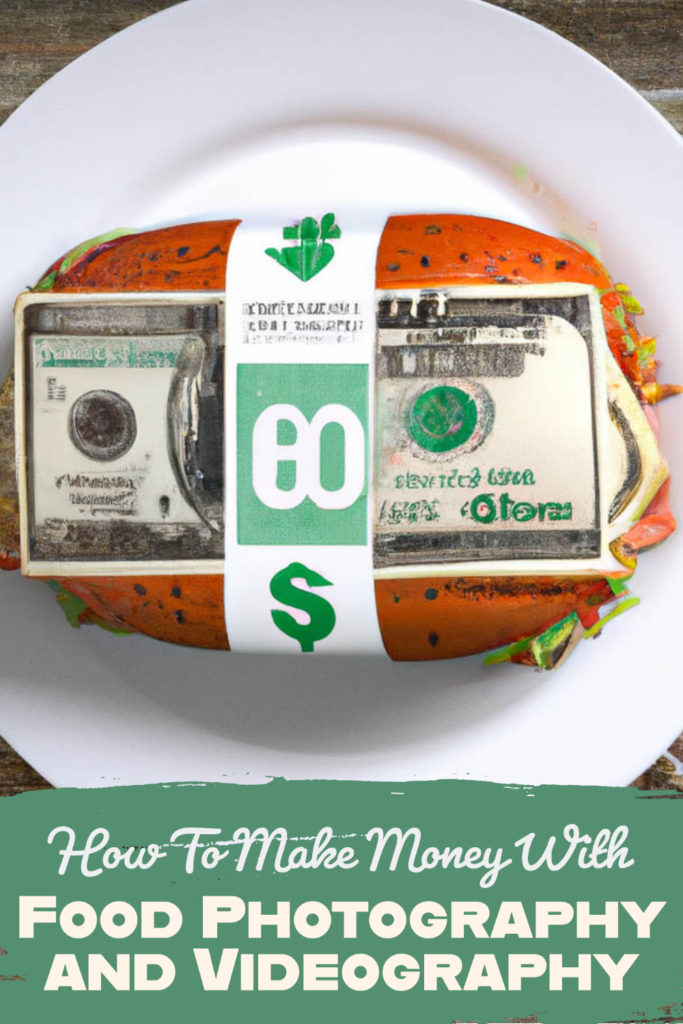
Leave a Reply